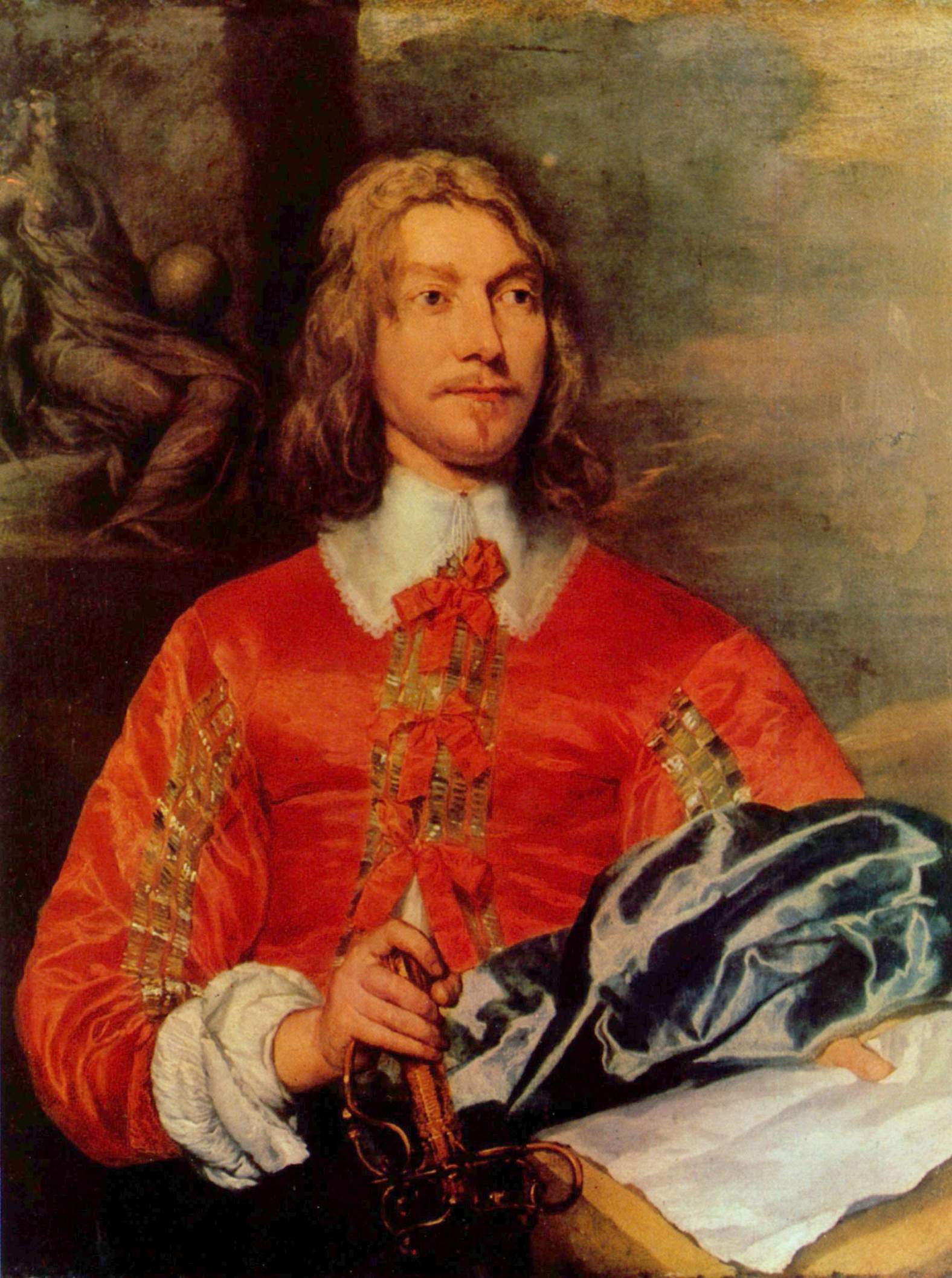
Reserved Area
Artists - ArtWorks
William Dobson and John Michael Wright
 United Kingdom
United KingdomWilliam Dobson (1611-1646) and John Michael Wright (1617-1694) were portrait painters who developed an independent and robust English style.
Wiliam Dobson was born in 1611 but his most important paintings were confined to a short period after 1642 when he worked in Oxford. He died young and in poverty in 1646.
John Michael Taylor was born in London in 1617 but served his apprenticeship from 1636 with George Jamesone in Edinburgh, Scotland. He went to Rome in the early 1640s and stayed for over 10 years. He painted in London after his return although he is known to have worked in Dublin in the 1670s and went back to Rome in 1686. He died in 1694.
Both Dobson and Wright developed British portrait painting in the 17th century in a unique, lively and perceptive style.
Despite the turmoil of the Thirty Years War in Europe and the Civil War in England, the gradual security of wealth and trade in the 17th century, increased society’s demand for portraits. These two artists began to meet that demand and move the art of portraiture away from the monopoly of foreign artists in the royal court.
William Dobson and John Wright were able, as young painters, to study the work of leading European painters represented in the collection of King Charles I or, in the case of Wright, the 1st Duke of Hamilton. This work included paintings by Titian, Correggio, van Dyck and Rubens.
These two English artists were both important portrait painters to the court and nobility. Although he never actually painted the King, Dobson succeeded Anthony van Dyck, Charles 1st’s court painter until 1641, and then followed Charles to Oxford when the Parliamentary forces drove him there from London. Wright too was commissioned by Royalist families.
The painting of both Dobson and Wright continued the eclectic combination of southern and northern European traditions that Holbein had begun 100 years earlier. They tamed the flamboyance, glamour and elegance of Mannerist work with the subtlety and low key qualities of other 17th century painting. And so their work is marked by a freshness of texture and surface and an often intimate and psychologically perceptive account of the sitter.
It was this “Englishness” that was continued by the work of Hogarth, Gainsborough and Reynolds in their portraits in the next century.
The foundation of English portraiture rests on the work of trans-European artists like Hans Holbein working in this country in the early 16th century and van Dyck in the early 17th. English artists, like Nicholas Hilliard, William Dobson and John Michael Wright were all subject to their influence and also to exposure to the wider trends of European painting from the Renaissance to the Baroque, largely seen in the royal collections and the commissions of the nobility.
William Dobson’s short painting career was marked in the late 1630s by a fresh use of paint and rather free brushstrokes reminiscent of Rubens. However, toward the end of his life the work deteriorated, the paint became thinner and the poses more formal.
Wright on the other hand, benefited from his studies in Rome and continued to develop a mature and more robust style that rivalled that of Peter Lely when he became court painter to Charles 11nd after the Restoration of the monarchy in 1661.
William Dobson in the first half of the century, and John Michael Wright in the second half, were the most notable painters to build an eclectic English style based on the influence of European portraitists like Anthony Van Dyck and Peter Lely. They paved the way for the great English portrait painters of the next generation.
Painting in England, 1530 to 1790, E. K. Waterhouse (Pelican 1953)
William Dobson, 1611–1646 (exh. cat. by M. Rogers, London, N.P.G., 1983)
http://www.npg.org.uk/live/search/person
http://www.nmm.ac.uk/mag/pages/mnuInDepth/Biography.cfm?biog=181
http://www.tate.org.uk/servlet/ArtistWorks
http://www.nationalgalleries.org/collection/online_az/4:322/results/0/
Related Material:
Image available

File name: 105_Portrait of a Marine officer.jpg
Description of the material:
Portrait of a Marine officer
Contextualisation Of the source:
William Dobson - 1650 - National Maritime Museum
Comments about this Artist/ArtWork
Michelangelo - Copyright 2008 - This project has been funded with support from the European Commission